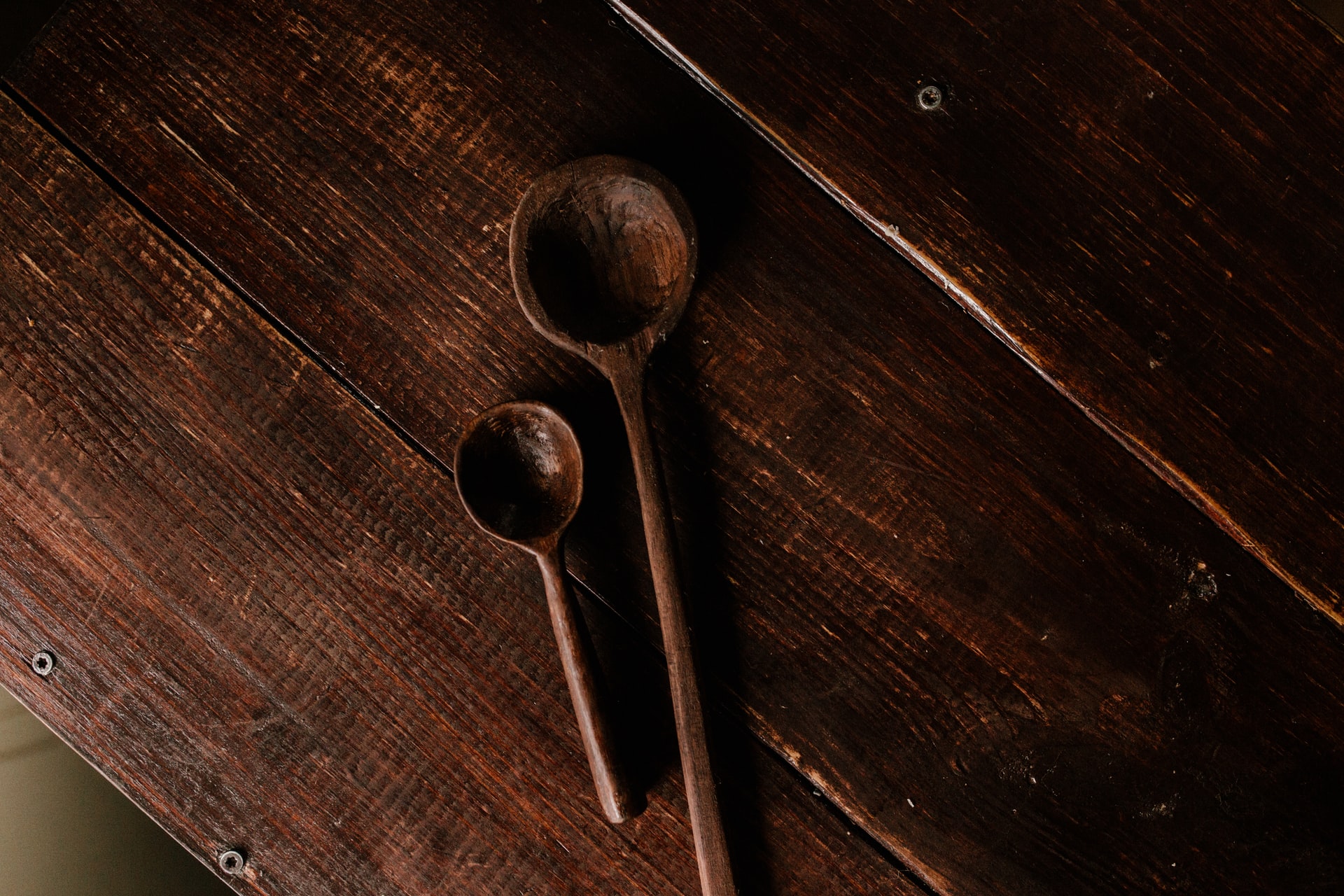 To make warm, comforting cold-weather meals with minimal effort, time is your most essential ingredient. Read on for three dishes whose primary element is time and whose ingredients can easily be adjusted to suit whatever you have lying around.
To make warm, comforting cold-weather meals with minimal effort, time is your most essential ingredient. Read on for three dishes whose primary element is time and whose ingredients can easily be adjusted to suit whatever you have lying around.
Cassoulet
Cassoulet comes from the Languedoc province of France. It is so revered in Castelnaudary, specifically, that on April 18, 1970, a group of casserole-shaped-hat-wearing afficionados met for the first time and formed a group known as La Grande Confrérie du Cassoulet de Castelnaudary (the Grand Brotherhood of Cassoulet of Castelnaudary), although the group is not exclusive to men). Members of this group are known as “chevaliers” or “knights.” The knights exist to maintain the cassoulet’s reputation and a definitive cassoulet recipe.
Traditionally, cassoulet is made with white beans that have been cooked slowly with large pieces of pork or goose or duck – the rendered fat flavoring the beans over time – but any kind of bean and fatty, flavorful stock will make a pleasant dish. Cassoulet is named for the dish in which it is baked: the casserole.
For the proper texture, it’s important that the beans be dried; canned or fresh beans will disintegrate. You may soak the beans overnight for faster cooking. Traditional herbs include thyme, marjoram, and parsley, but it’s not necessary to use the whole fresh herb; in many cases a stem will substitute just as well.
If you have stale bread on hand – or bread that can become stale with the help of a warm oven – bake with bread crumbs across the top in a crust or top with bread crumbs right before serving.
Fall-Apart Roast
There are many ways to make tough meat more tender that don’t involve time, like cutting against the grain – which makes the fibers shorter – or marinating for a few hours in something acidic like vinegar, soy sauce, wine, and/or citrus, or going to town with a meat mallet. But nothing works on fat and cartilage like time.
Cartilage contains collagen, which is a primary component of connective tissues. When collagen is hydrolyzed – its fibril bonds broken by water into smaller, easier-to-digest peptides – it becomes gelatin. Some studies report that supplementing with gelatin may reduce joint discomfort.
Slow-cooking a roast requires very little active time: preheating the oven, preparing the cut in whichever way you prefer, putting in the oven in a covered pot with liquid, and occasionally pouring liquid and melted fat over the top. After a few hours, you can remove the lid and allow a crust to form.
Risotto
Risotto is another dish that can turn wine on the edge of drinkability into something unforgettable. Perfectly-prepared risotto should be creamy, with a gentle bite in each grain and a heady, yeasty flavor from the slow-cooked fats and wine.
The ideal rice for a risotto is short grained and very starchy – like Arborio. Long, thin grains do not generally release enough starch to create the pudding-like texture for which risotto is famous.
In his 1829 cookbook Nuovo cuoco Milanese economico (New Economic Milanese Chef) Chef Giovanni Felice Luraschi shared a recipe that required the dry grains be briefly sautéed with butter and cooked vegetables before the repeated addition of a small amount of boiling stock. Over time, the stock cooks the rice and frequent stirring releases the starch.
Luraschi called his risotto “risotto alla Milanese.” His recipe included a touch of saffron for color and flavor, but the saffron is not necessary to a delicious preparation. Prior to his recipe’s publication, risotto was traditionally prepared with rice that had already been boiled.
For vegetables to use in the base for your grains, think garlic, onion, celery, green onion, mushrooms, or carrot.
Happy cooking!
By Grace Miller
Do you have a story for The Advocate? Email editor@corvallisadvocate.com

